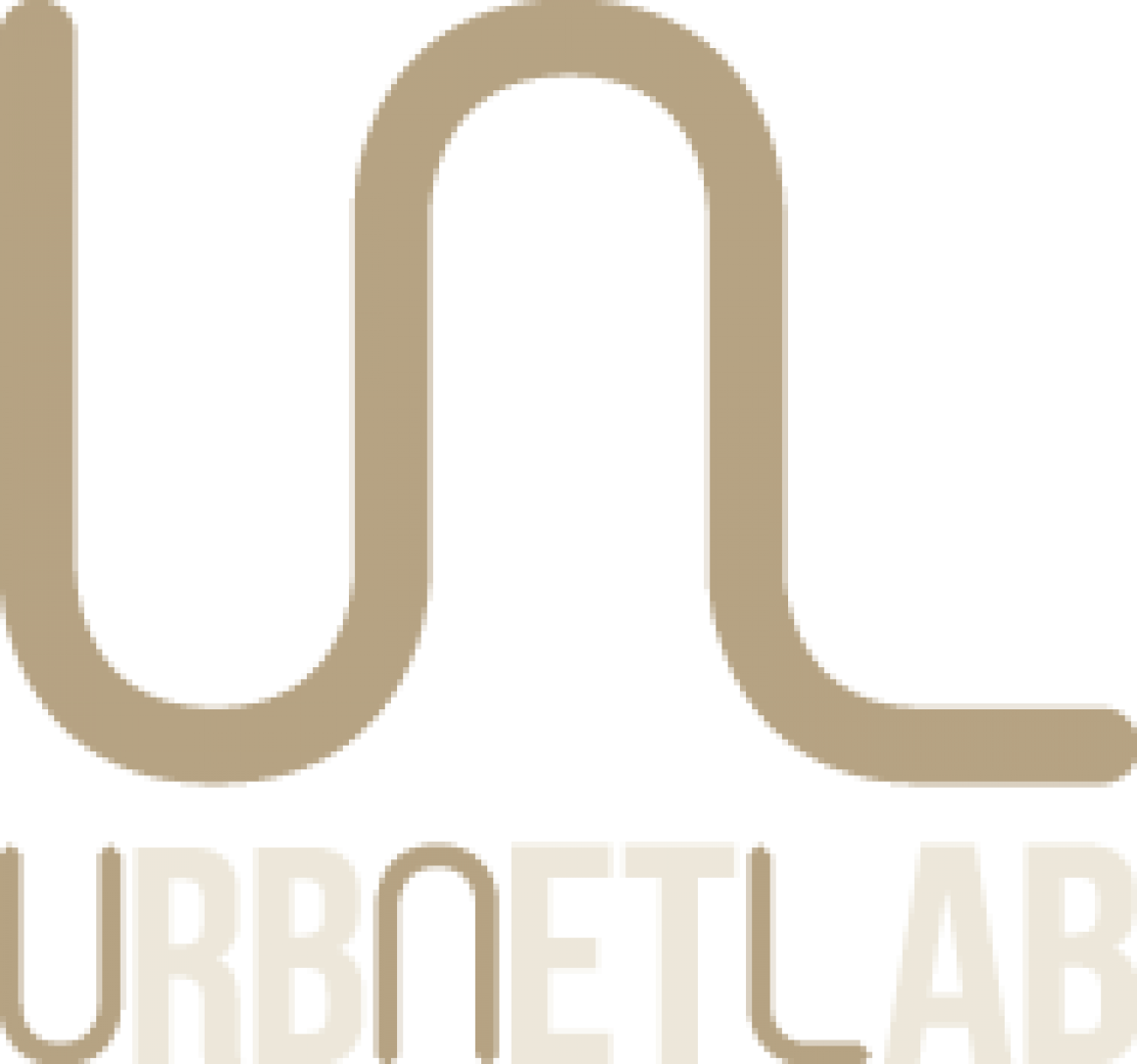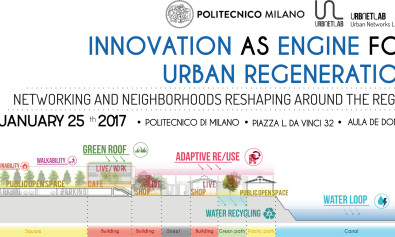Politecnico di Milano
MIND Project
From industrial local areas towards innovation districts: implementing, attracting and developing a new territorial structure for new economy and production in Milan region
Marco Facchinetti
Politecnico di Milano
Department of Architecture and Urban Studies
marco.facchinetti@polimi.it

FIRST PHASE ACTIVITIES
READINGS
MATERIALS
LECTURES AND PRESENTATIONS
STUDENTS’ ACTIVITY
Presentation of the project
Objectives
Students will work on the particular structure of existing local industrial areas in the eastern section of Milan region, proposing a way to change their rigid territorial structure (articulated in old, separate clusters) in to a more flexible combination of clusters in form of hot spots able to attract the contemporary industrial and manufacturing economy, aiming at creating innovation districts. Students should propose an innovative territorial model, understanding how innovation districts are able to change the territorial and economic organization, to catch the productive attitude of the region and to transform the rigidity of the existing districts, proposing a model able to create new supply chain, new smarter information, less impact on the environment reducing travels, new uses and new relations with the existing urban areas, and new visibility fostering the excellence of the economy and the excellence of the territories.
Description
The project aims at understanding the rigid and old territorial organization of Milan region, as many others in Italy, focusing on the eastern section of it. While residential offer and environment organization have been able to update their territorial proposal, despite the high new level of transport offer in the region, industrial areas are still small, separated, old and barely infrastructured, even if at a national/global level local economy is able to produce excellence and open productive dialogs with many markets around the world. Together with the active participation of municipalities, co-op banks, industrialist’s associations, territorial organizations, students should study the layout of the areas, find a way to re organize their movements (employees and goods) and propose a different territorial structure able to catch the innovation of the productive processes, the global size of the potential markets and the need to support the relevant regional vocations. Above all, students should understand the exceptional mix of uses, ideas, research and practice, urban and suburban that lay behind the idea of Innovation District, as a new territorial revolution able to consider productive areas as hub of innovation, ideas, cooperation, technology and new urbanity. The project will take into consideration the contrast between districts and industrial processes, and generally speaking between territory, economy and information. They will work following some routes, and above all:
– students will focus on the eastern sector of Milan region, full of local, small and old districts, with old, rigid and no more functional factories; simultaneously they will work on a specific regeneration district, on the Adda river, as former industrial area linked to the water system of Adda and its artificial channels
– students will understand the potentialities of a territory full of urban spots, where everything is nearby and industrial uses are a natural vocation of the area;
– students should study the way districts are combined, in their separation and fragmentation on the territory and in their location that does not take into consideration the combination of vocation and infrastructure
– students will focus on a proposal to re consider districts through the occasion of the regeneration of the Adda river former industrial sites, proposing a new territorial and economic model, able to attract new activities, smart production processed, start up, co working places. It will be important to connect vocations and places, as once upon a time activities clustered around Adda river and its artificial channels combining infrastructures (water), resources (energy) and products (textile, manufactures);
– at the end of the project, students should be able to propose a new territorial model and a new management system to keep activities into information and physical networks, share information about the territorial offers, combine different actors help (such as co-op banks, associations, professional education schools, shopping districts and thematic events) in a more organized and flexible model.
– the model should show to be able to re consider the old model, made by industrial areas and towns towards an integrated, contemporary innovations districts, where innovation changes the way in which districts relate to the cities, bringing back production to urbanity, and using creativity and technology as the new link between different territories
The extraordinary participation of State University of New York, Department of Geography and planning will give students the chance to be supported by expertise able in the past to invent a new future for the NY Capital Region investing in nanotechnologies and showing the output on the local, depressed territories. Nowadays, the western section of the city of Albany is an innovation hub for new start ups, incubators, and innovation changed everything
Expected results
Students will propose a new territorial and management model for a regional territory able to consider it as a hot spot, combining a smart territorial management model (including distribution of activities, connection with infrastructures, proximity to services, efficient management of waste, goods, sources, connection among local institutions and between different levels’ authorities) with a strong, contemporary model of sharing information (about the attractiveness of the organized territory), finding financial sources (with a new role for co-op banks), opening to international markets through shared logistic platform and feeding employees clusters involving professional education schools. The result should be a strategic integrated plan able to attract the participation of many institutional and non institutional actors, to cross borders and competences and above all able to re invent a production system basing it on vocation, innovation, urbanity and where proximity and connections are everything. Results will be tested on the territory of the Adda valley in the eastern section of Milan Region, re arranging the agenda of a site and re thinking to the idea of technological and industrial cluster in a more contemporary, and even less physical way. Students should find the chance to convince local managers and public authorities to finance their project, seeing the opportunity to put back again manufacturing at the center of the attention of their territories in a more permeating way.
Students should foster their ability in reading a territorial geography, understanding how manufacturing work according to the uses and the vocation a territory should show, learning how institutional territorial management work and above all understanding the degree of connection between industries, local communities, regional and national transport networks, environment and international markets, proposing through their models themselves as contemporary managers of regional territorial re organization processes.
CALENDAR
First phase – ending on July 22nd 2016First review of the project. Feedback/first report presentation Working at: Preparing: Meetings: |
Second phase – ending on November 2016Second review of the project. Feedback/second report presentation Working at: Preparing: Meetings: |
Third phase – ending on January 2016Third review of the project. Presentation to the jury members of ASP Working at: Preparing: Meetings: |
Fourth phase – ending on March 2016Winter school – Final review of the projects Working at: Preparing: Meetings: |
Fifth phase – June 2016Preparation of the final examination Meetings: |


